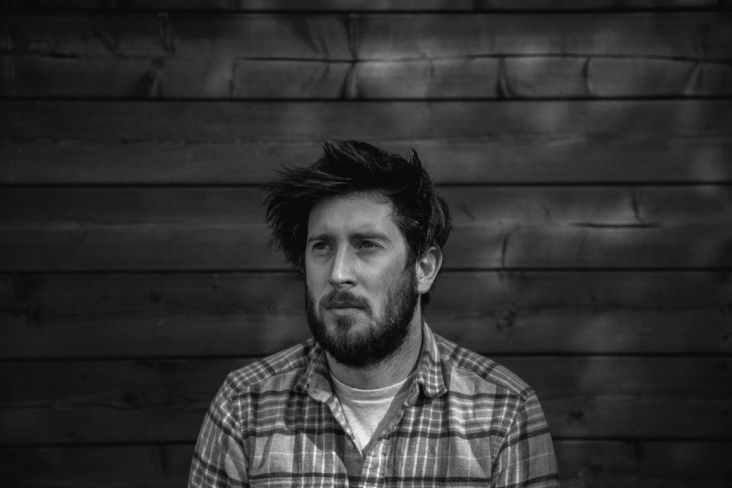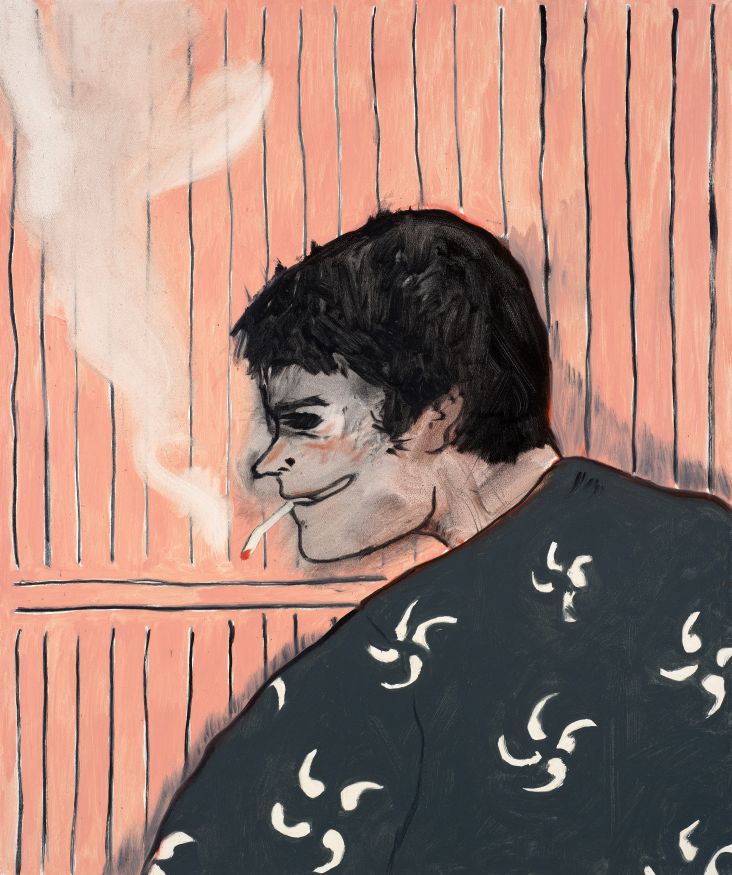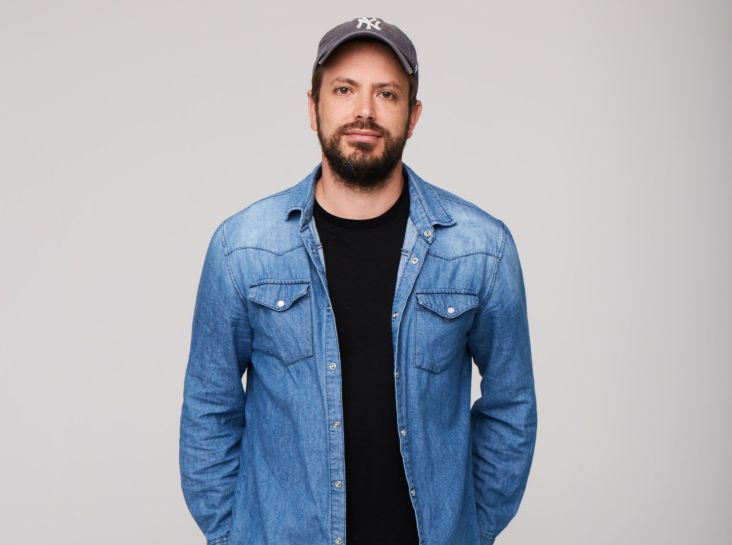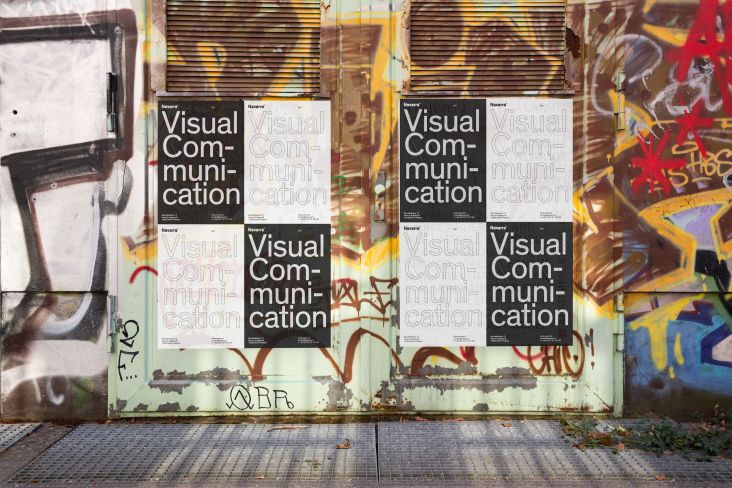Jane Dickson on painting and living in 'lawless' New York in the troubled 1970s and '80s
If you want to know what was going on in New York in the 1970s and '80s, American artist Jane Dickson is someone who can enlighten you. She was part of the city's cultural movement, joining the legacies of downtown art, punk rock and hip-hop and she painted whatever she saw.
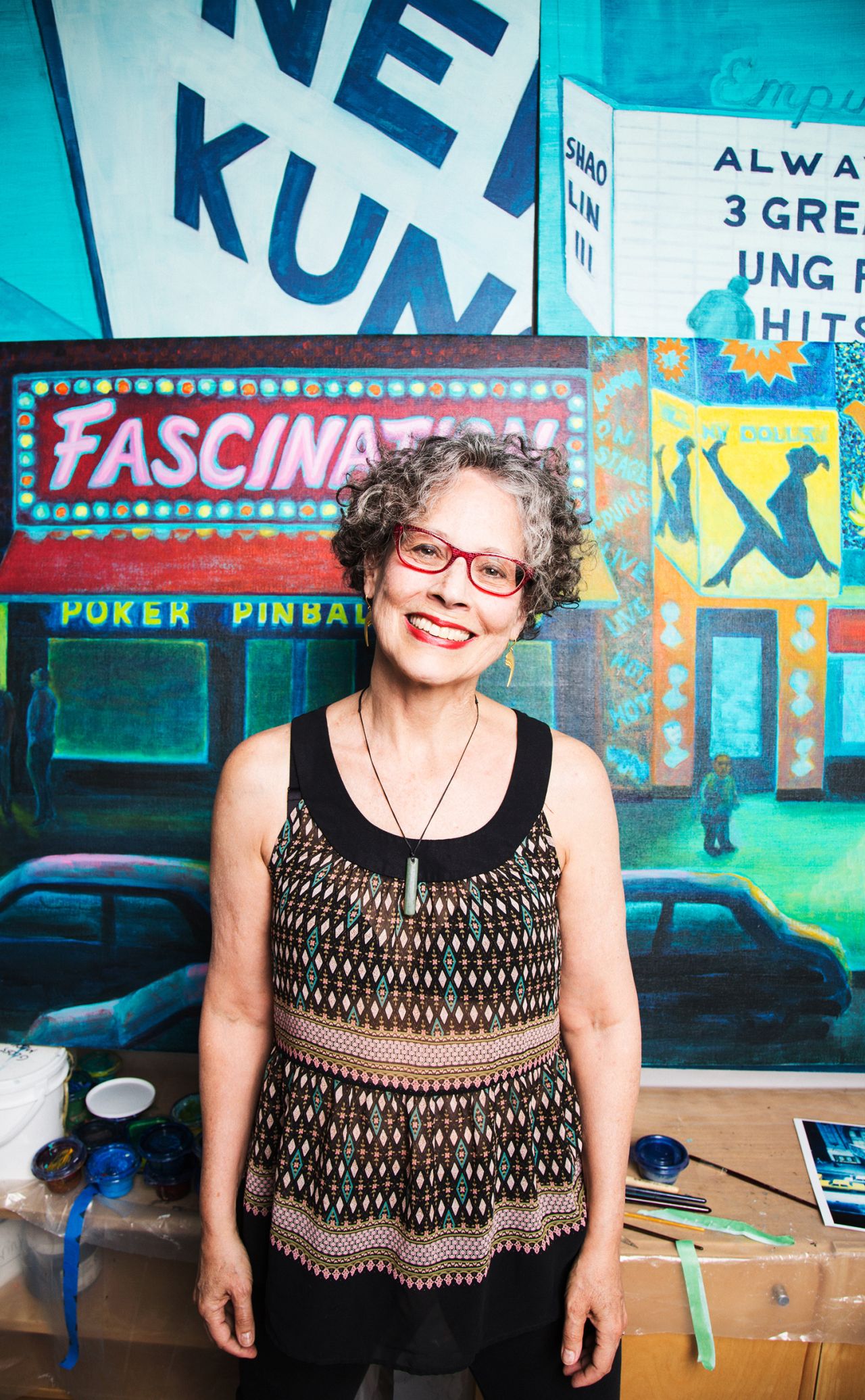
Photo credit: Dondre Stuetley
In the midst of this groundbreaking work, Jane lived, worked and raised two children in an apartment on 43rd Street and 8th Avenue at a time when the neighbourhood was at its most infamous, crime-ridden, and spectacularly seedy. Through it all, Jane photographed, drew and painted extraordinary scenes of life in and around Times Square.
She has recently brought these works together in a new book, Jane Dickson in Times Square, which is literally a time machine back to a New York City that was truly wild, lawless, sometimes squalid but often magnificent. We spoke to Jane about that time and what she remembers.
You frequently use unusual surfaces in your artworks. Did this begin deliberately?
It didn’t begin deliberately but as part of the punk moment. We were doing things cheaply and with whatever was at hand. I was interested in the idea that art didn’t have to be made with art materials from the art store, that other materials had interesting histories and references that I could use.
You began your creative career in NYC in the 1970s. What was it like back then? Was it really crazy?
Yes, it really was crazy, it felt like a no-mans land. The Government, the powers that be, had decided that they really didn’t care what went on with New York. They effectively abandoned it. The police weren’t really trying to control things so everybody was trying whatever they wanted and mostly they could get away with it.
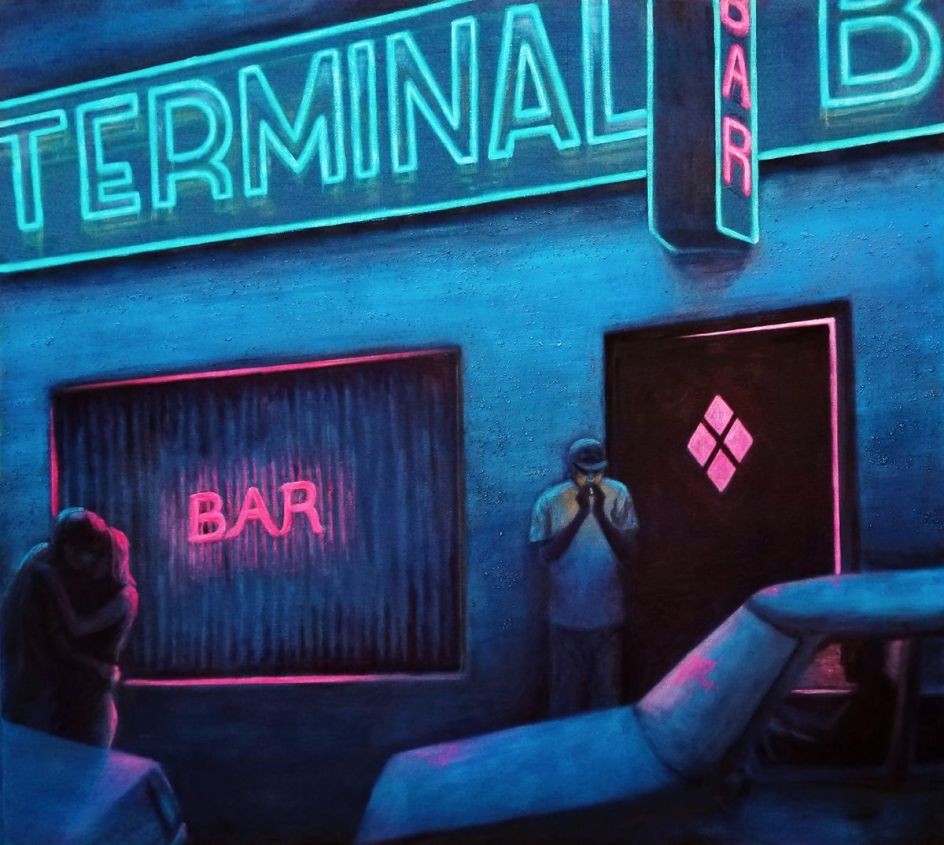
Do you have any particular memories that stand out?
Well, when I was pregnant with my first child I came home and the way our lobby was designed, you went around a little corner so you were sort of trapped by the elevator and no one could see you, which was dangerous.
One day, I came in and was fine but shortly after I arrived upstairs to my floor, my husband, who had come in just after me, got mugged in our lobby by a bunch of young guys who choked him until he passed out and they stole his wallet.
He had purple fingerprints bruised around his neck for a week. You could see where these guys had strangled him until he passed out. It was terrifying that he got mugged but I was glad it wasn’t me because I was pregnant and I don’t know what that does to your baby if you get strangled.
How have these memories influenced your work?
I chose, somewhat consciously, once I was in Times Square to focus on making artwork from being witness to my time and place in contrast to many artists who make work that serves as an escape from their time and place.
I’m glad people do that but I felt like I wanted to stare down my demons and the demons in the world around me and make work observing that.
Do you feel your work is honest?
God, I hope so. That is the point of art to me, to record what I observed and felt and to be as honest as I can.
I’m not interested in making fictions although I’m not a photorealist, so if I have seen something that I wasn’t able to photograph, which happens, then I may recreate it so that it's true to the spirit.
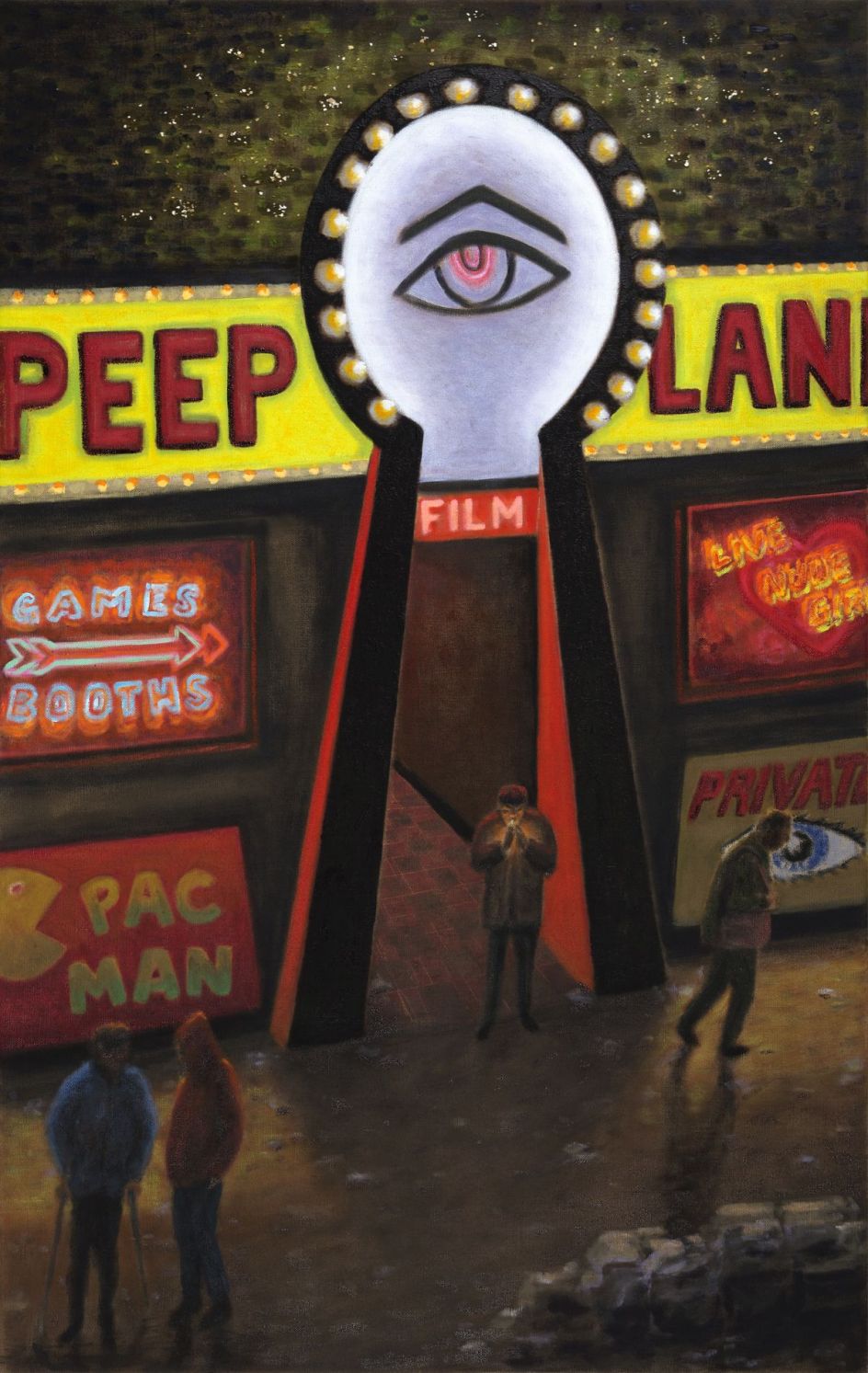
Do you often go to back to 43rd Street and 8th Avenue? How do you feel when you go there?
I don’t make pilgrimages but often have reasons to go by. I pass there now and it is so transformed that I want to touch the walls to feel for traces of what I remember.
I stopped into the pawn shop on 43rd and 9th recently with my daughter. I was like, "Oh, this is where we used to buy a lot of odds and ends when you were small". She was too young to remember but the owner was there with the same old vases and stolen watches for sale and he said, "Yes we miss you come back!"
I don’t know if he really remembers me but that pawn shop is exactly the same. It’s a one-storey building and when he retires I’m sure they’ll build a high-rise there.
Then I took her to the Greek bakery that has been there for 100 years. There are little bits of history but most of it has been torn down and built over in a generic international modernist style, you look up and you think I could be anywhere in the world, Panama, Malaysia or London.
You have a new book, Jane Dickson in Times Square. Was it difficult choosing the final included works?
It was extremely difficult because there are lots more. Hopefully, we’ll do another volume. I left a lot of it up to the designers because, you know, I wanted everything in there. They scanned 500 drawings, and then picked a shortlist.
There are huge swathes of drawings and paintings that have not been seen. This is a representative selection. At first, I argued with the designer and then I realised it was interesting to see what someone else would put together as it's so hard to see my own work with any objectivity.
I never had planned to show my photographs, at first I was against it. I thought of them as reference material for myself. I realise now that time has given them a whole documentary value, that I never imagined.
Why Times Square?
My arrival in Times Square was not intentional, I had studied animation at university and I had worked as an animator downtown when I first came to New York for about eight or nine months. When that job ended I saw an advert in the New York Times; they were looking for an artist who was willing to learn computer animation (not yet taught in any school then).
I answered the ad for the first digital light board in Times Square, and I worked there for four years, so that became my world and it was a fascinating glittering complex one.
I had just finished university and I hadn’t really figured out who I was yet as an artist. I was setting up random still lifes at home to paint and I thought, I don’t really care about these still lifes but look out the window here at Times Square, at all these people, this is intense real life I need to understand.
The Ashcan school painters had painted Times Square, in the '30s and '40s with Edward Hopper; mostly as outsiders looking for a colourful motif and no one had really painted it since then, though Weegee and Arbus had nailed it in photos.
This was a different, much darker Times Square than the Ashcan painters captured and I thought, I want to document the Sodom and Gomorrah of right now.
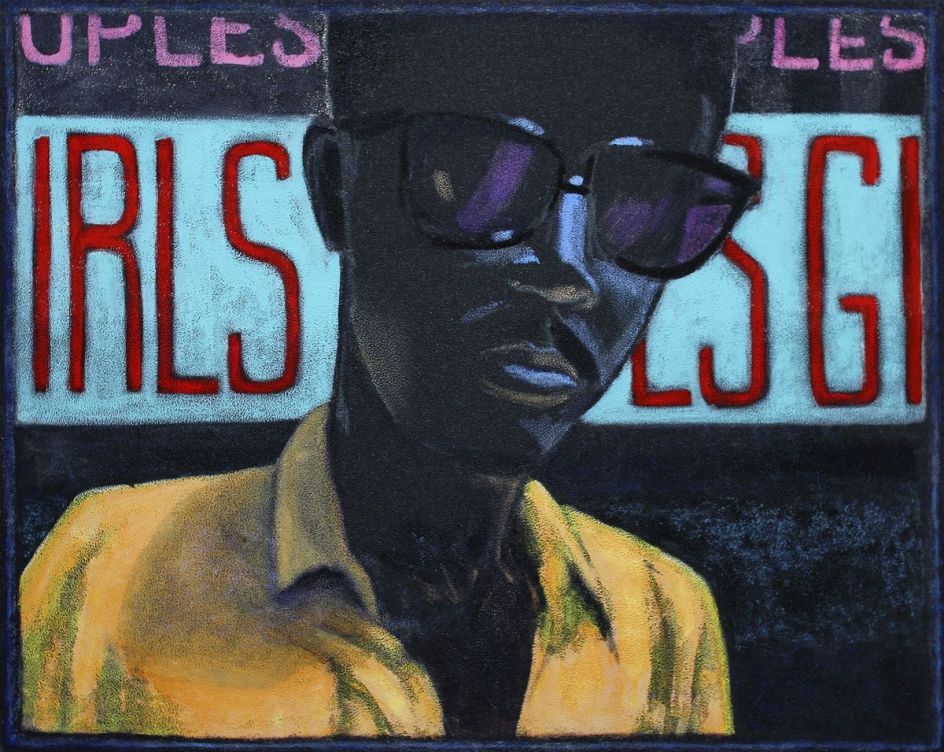
New York has clearly improved since the 1970s, but is there anything that you wish was still around? Anything that hasn't changed for the better?
Well, it’s gotten terribly crowded, frighteningly so. And it's gotten very homogenised and it’s disturbing that all the stores are disappearing because we’re all shopping online – something I’m guilty of as well. Now the only stores that can really survive are mega-chain stores.
When we lived on 43rd Street there was a little store called Backdate Magazines and they sold international magazines; I subscribed to Art Forum and at the end of the year I would bring them over to the store and they would swap me for some comic books or something but you couldn’t have a store like that anymore, because it just doesn’t sell enough.
There was also a shop that just sold scripts for plays, and now we have endless little cookie cafes, but not much else. That is the one thing that continues to thrive but places like the pawn shop I mentioned are very rare – you can’t afford to have little odds and ends places anymore.
There used to be a really lovely pharmacy right by the pawn shop run by a couple of retired Italian Opera singers and their daughter. It had this very lovely European vibe to it and every time I came in they would say, "Hello Mrs Dickson, how is your husband, how are your children?" They sold up and the building got torn down and made into a high-rise bank and I’m sure they retired well, and I don’t blame them, but that was sad.
The good things that have changed...It’s safer and there are lots of tourists. There aren't so many homeless families with small children that used to be placed by the city in the seediest hotels. That was a terrible place for children, I’m glad that there aren’t so many children living in desperation in Times Square although they are probably living in desperation elsewhere now.
Do you have a process that you always follow?
Sort of. I make art to explore things that are bothering me in my own personal life, so certain subjects and subtexts hold my attention at certain points in my life, like loneliness in my earliest work and then the complexities of family later on.
When I was having children, previously I had tried to avoid New Year’s Eve drunken crowds but suddenly I was very interested in it and at first it wasn’t clear to me why, but then I realised that people in the crowd on New Year’s Eve would hold onto each other, push each other, pull each other, lean on each other and so they were physically demonstrating how they were connected and that was one of the main things I was fascinated by.
I start taking pictures and then I made drawings from them and then I thought, "Oh, it’s the connection between these people," and it seems infinitely interesting and over time it gradually reveals itself what material it should be, which makes the subject strongest on that material.
Often, I just start on paper or canvas because I haven’t worked out which material I should use and go from there.
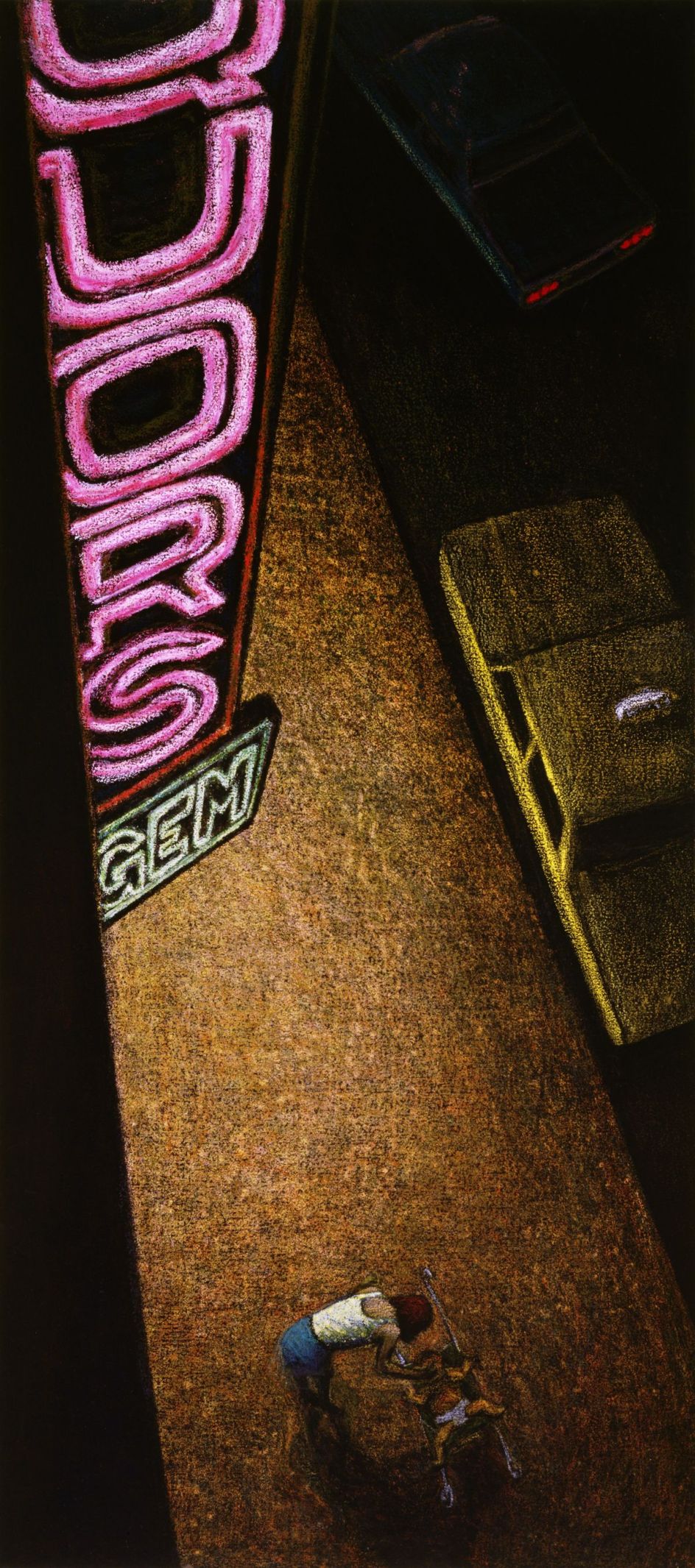
How has your style evolved since you began? How would you describe it?
I always think that I’m taking drastic stylistic leaps and then other people will come and say, "No, it’s very clearly the same artist with the same concerns from a slightly different angle".
I guess I have a very consistent vision. My control of my materials has gotten more confident. When I was young I thought, "Oh, I will learn to be abstract as I get older". That never happened because I am a pretty literal person and I have things I want to convey clearly and I don’t want to abstract, generalise or soften anything.
What or who has recently inspired you?
The recent midterm elections inspired me. Thank God there is some resistance. Whilst we haven’t swept the plate clean, I feel like it’s a beginning we can be proud of.
What's next for you?
I have so many things planned, I feel like I need to live a lot longer because I have so much I want to do. In the process of doing the book and pulling out all these photographs – many of which I hadn’t looked at in twenty or thirty years – I found lots of images I meant to do paintings of but life intervened so I’ve returned to some with a fresh perspective and that’s very exciting.
I have a whole new body of work that I'm hoping to show later this year and then I have other subjects that I’d like to return to. I want to do more hip-hop portraits and there's a series of wig shops and chauffeurs that I need to do.
Jane Dickson in Times Square is published by Anthology Editions and available for purchase online. Or to find out more about Jane Dickson, visit www.janedickson.com.

















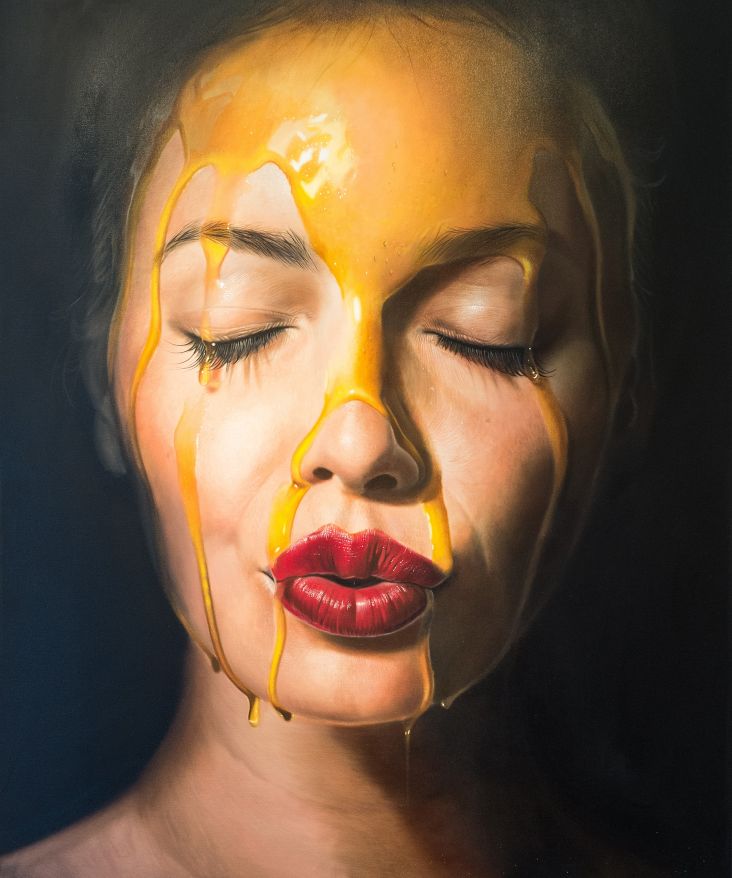
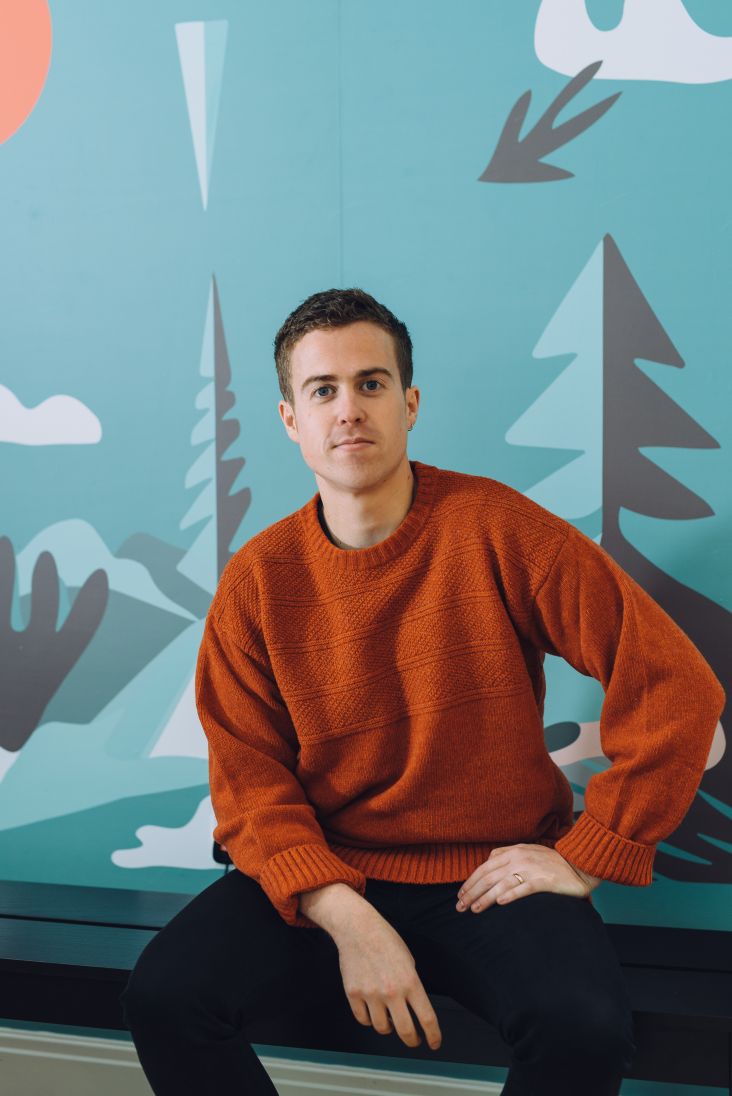
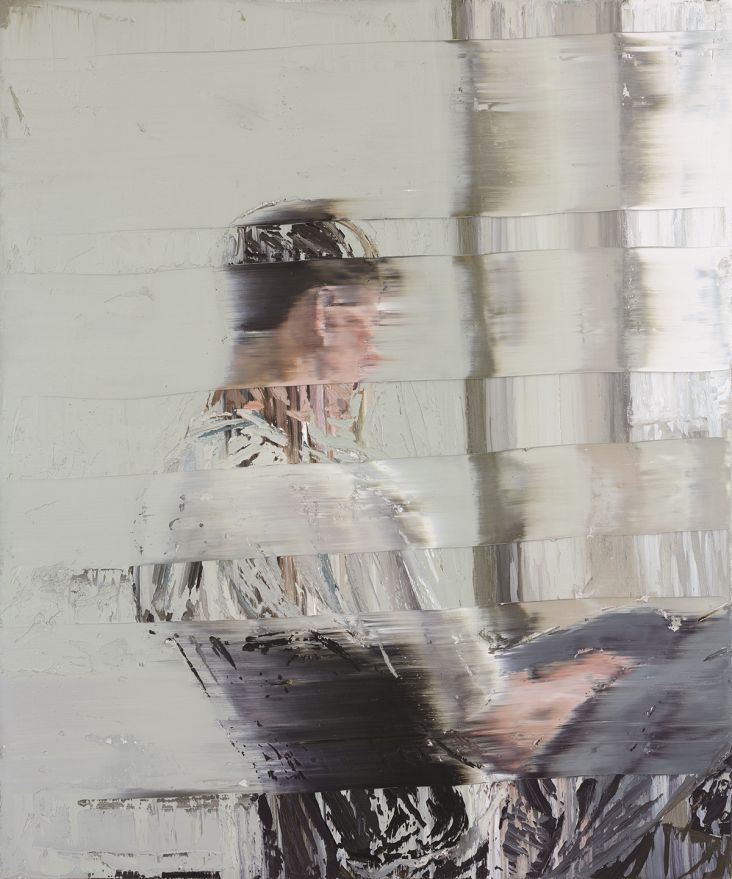
](https://www.creativeboom.com/upload/articles/03/037765ddc5263e65b7f872aeba1595b3a5c559ff_732.jpg)
